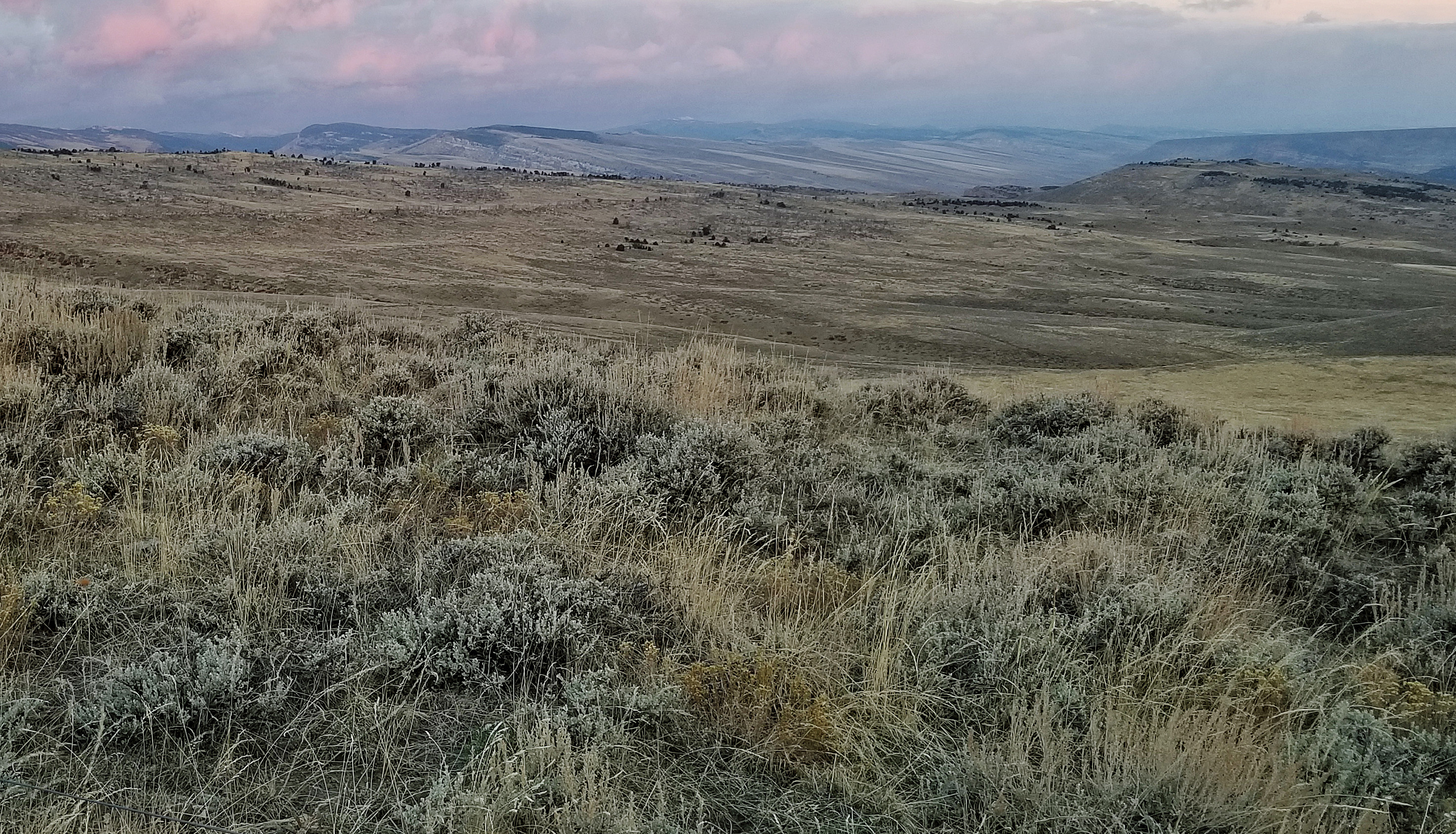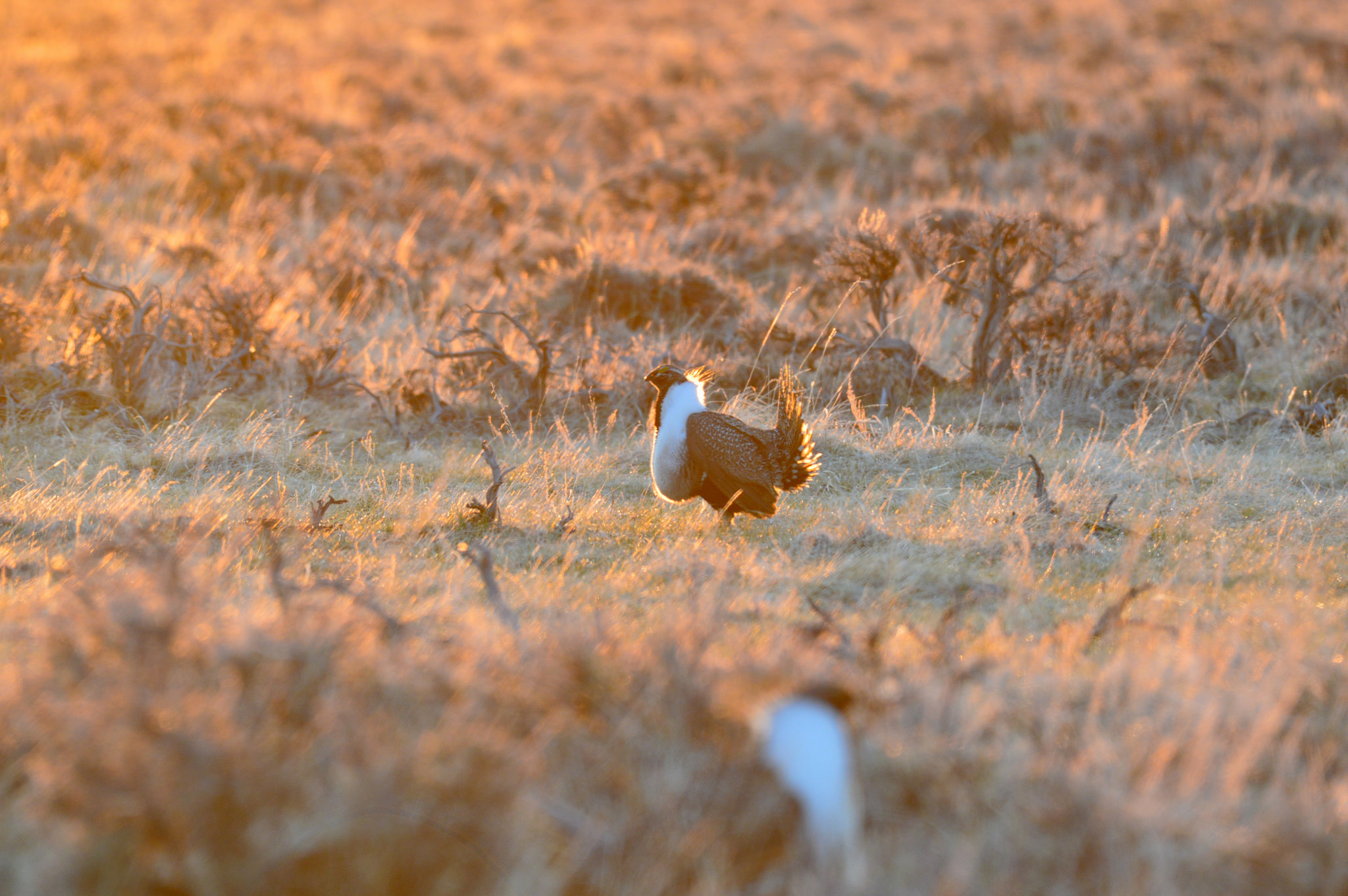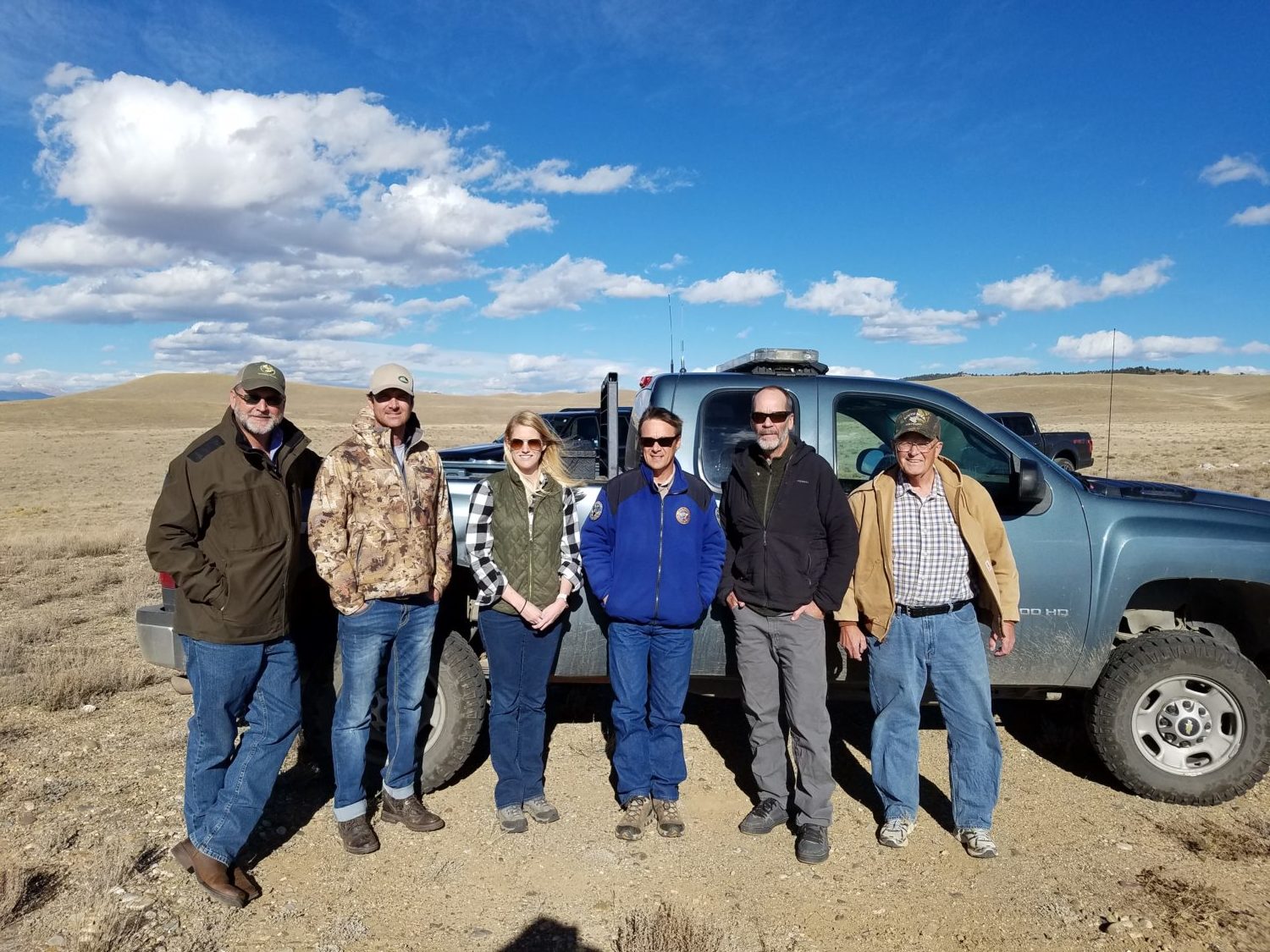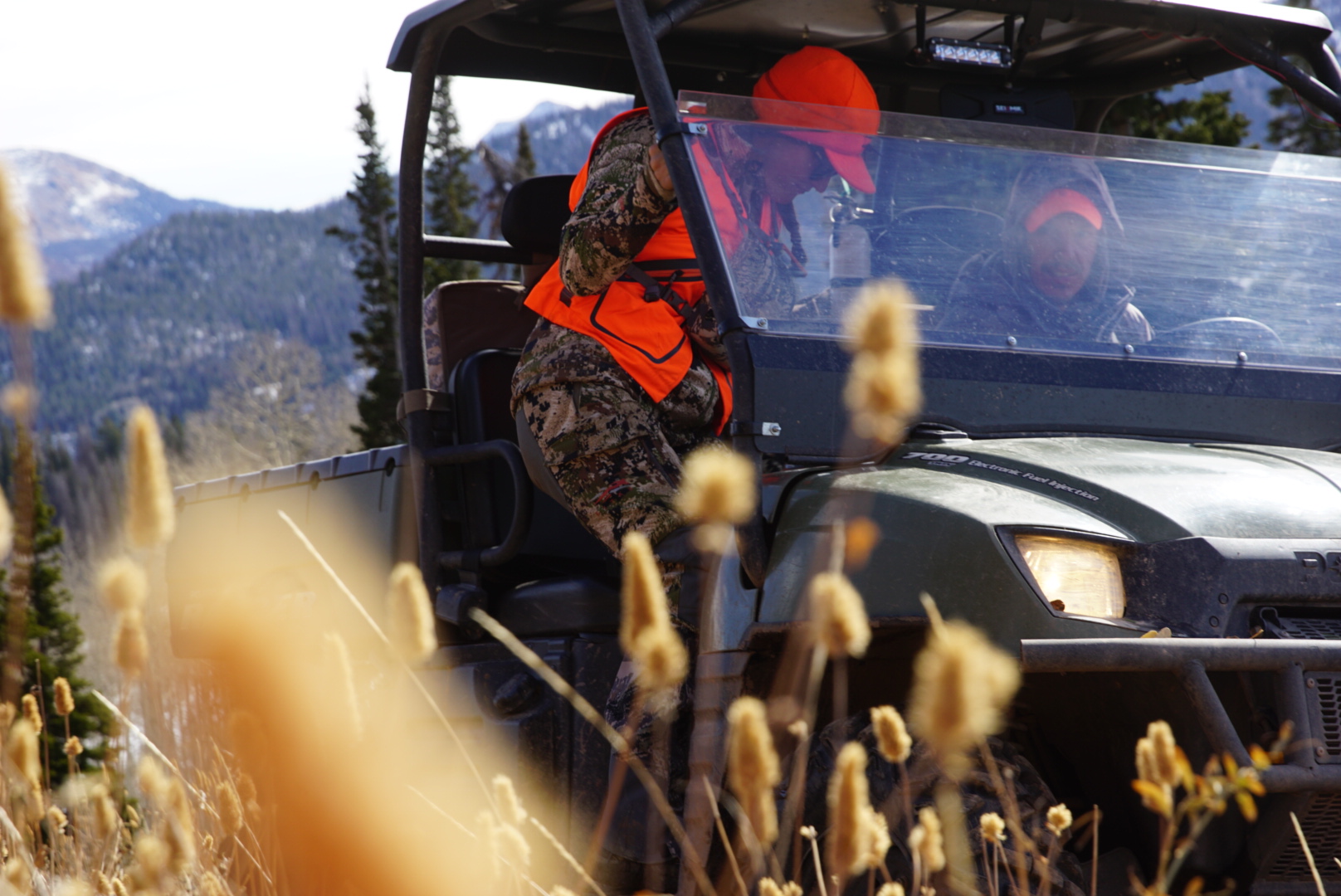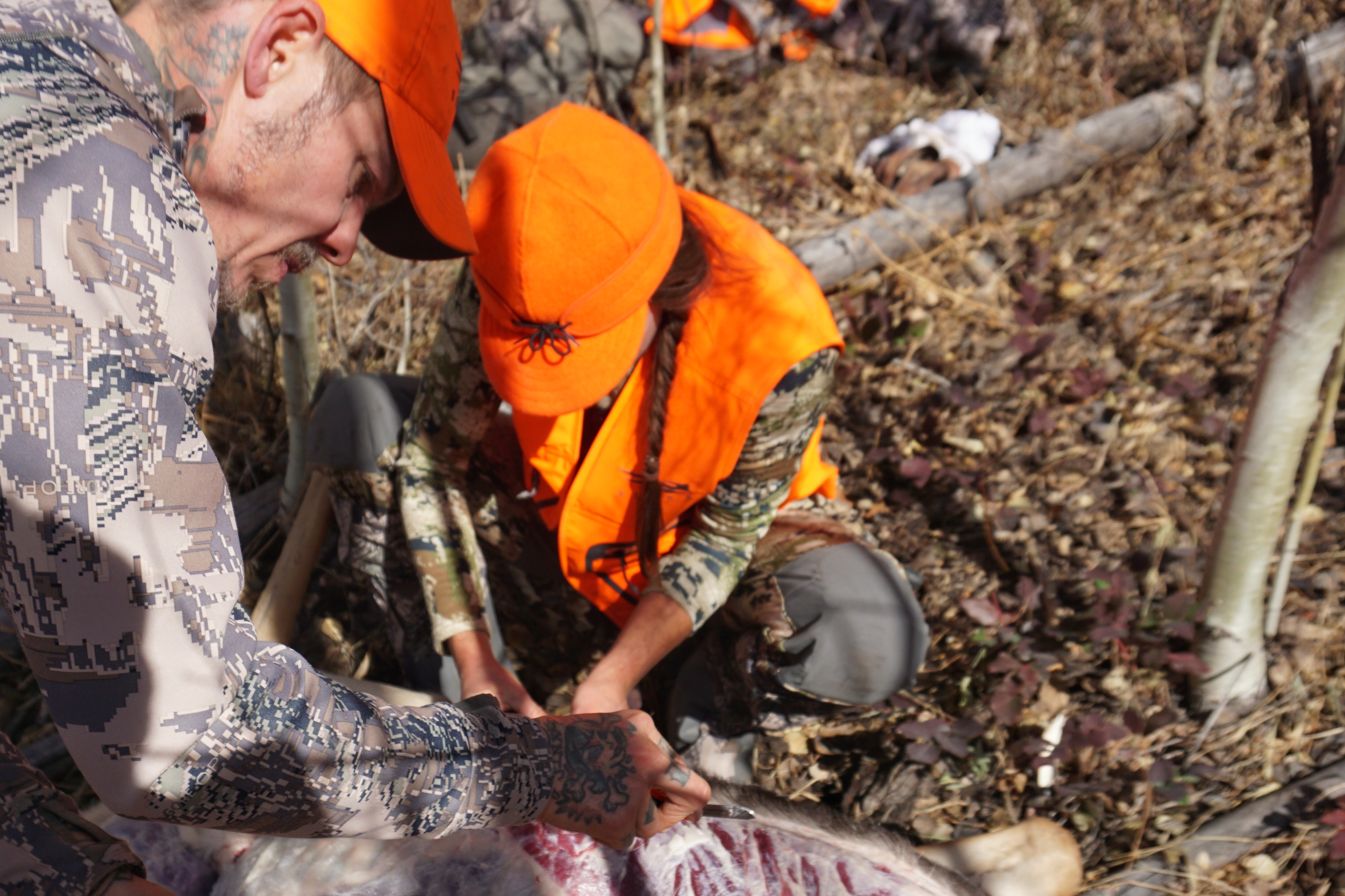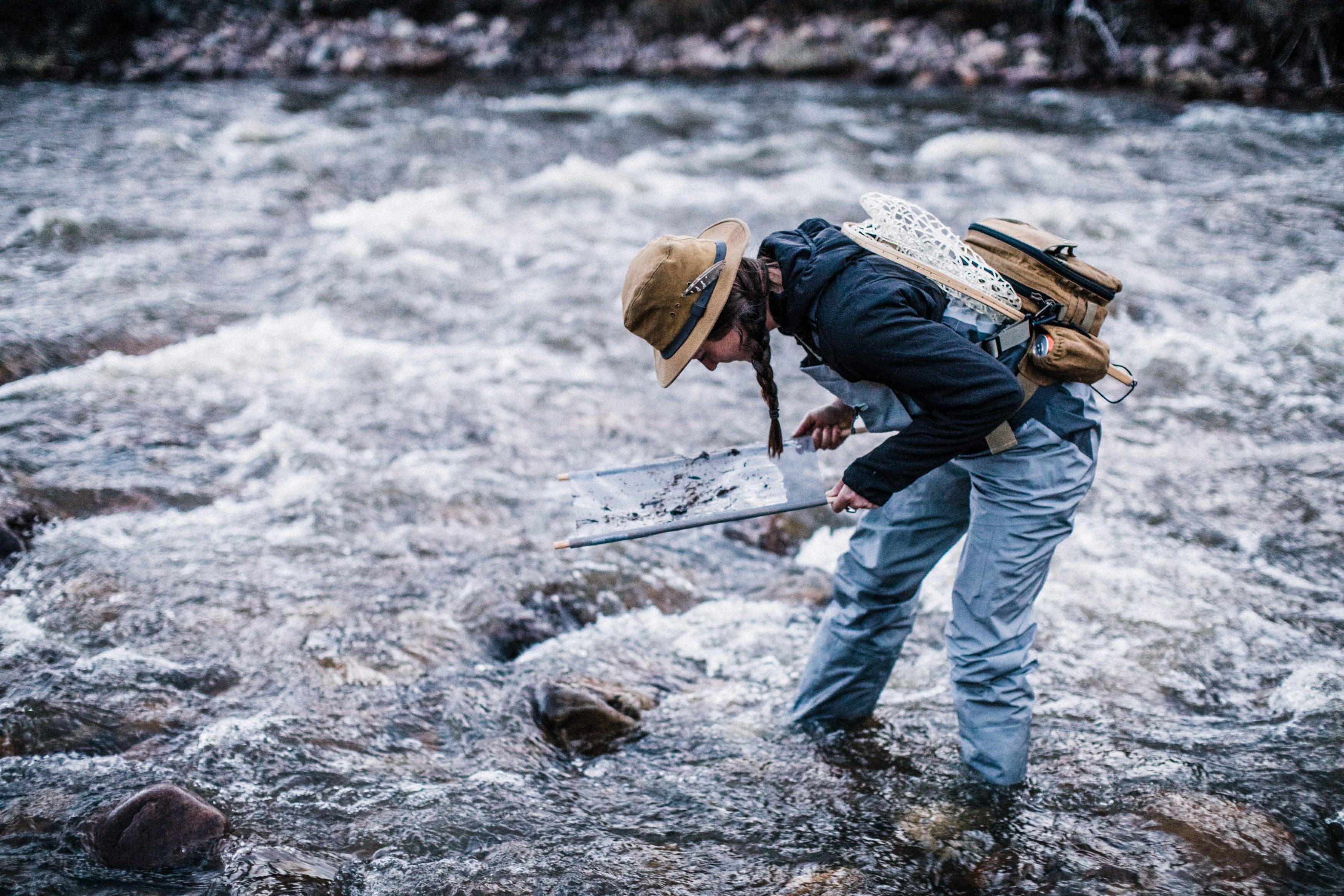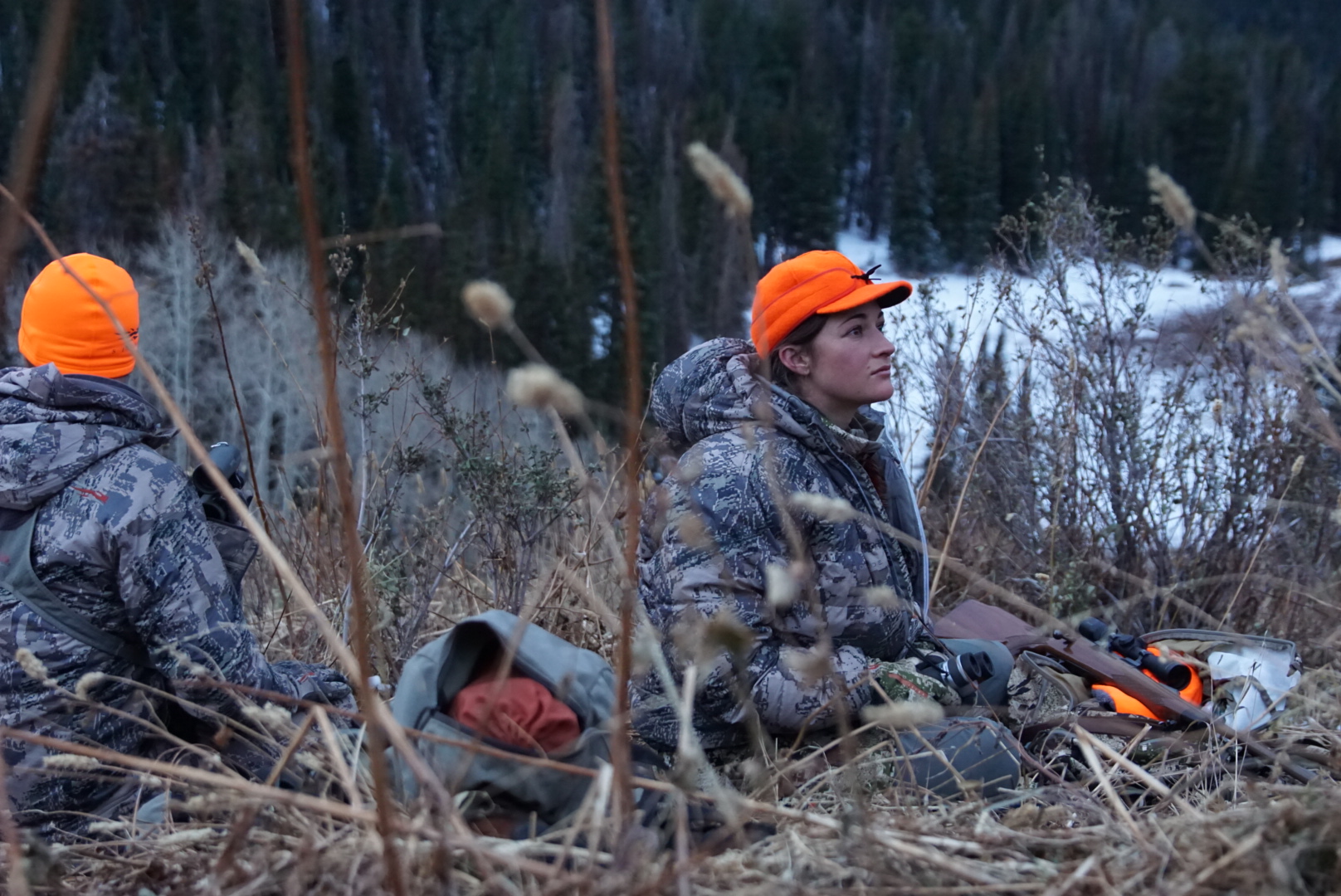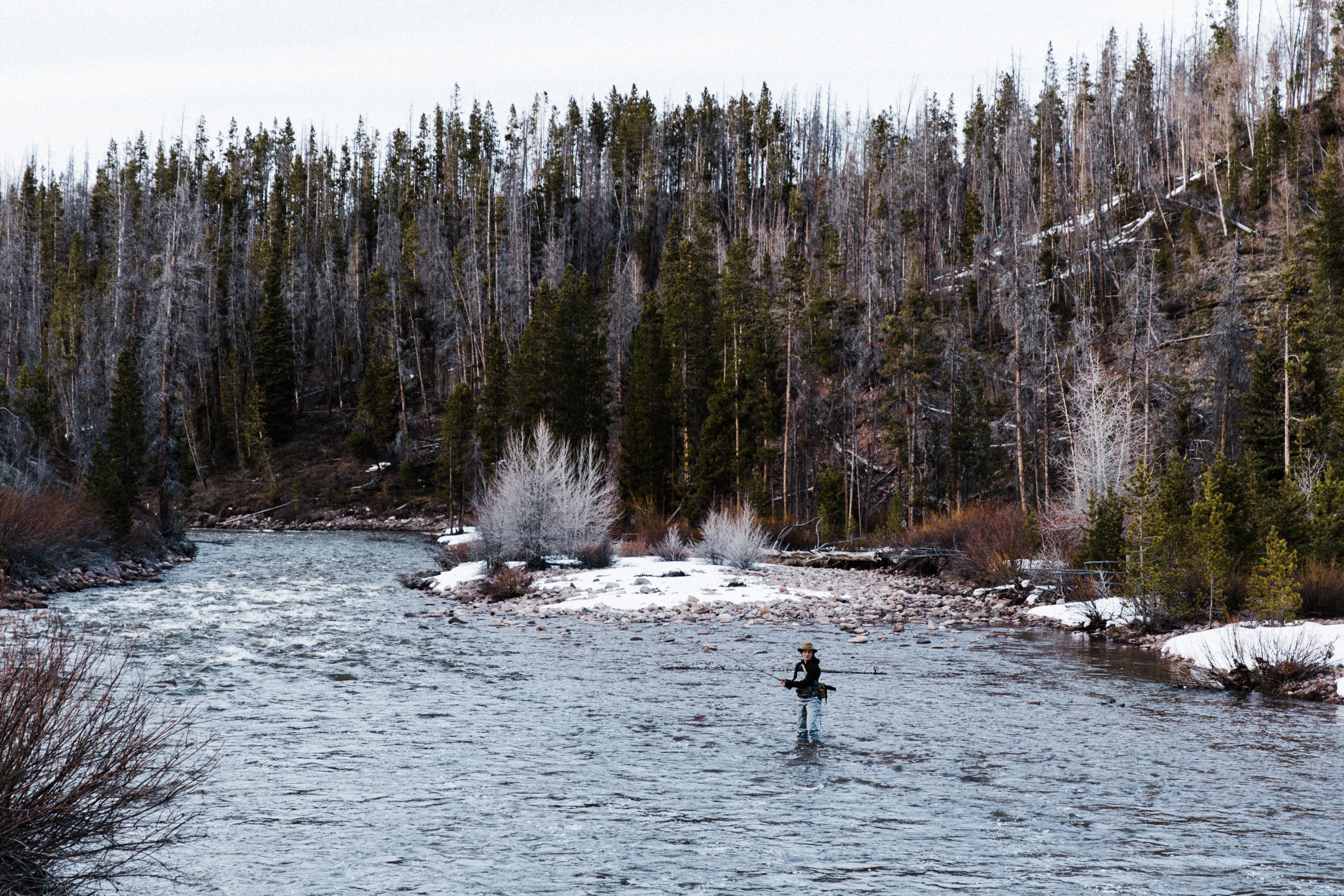Here’s to all the ways the outdoors inspire us to step up, grab a shovel, become a mentor, or spend with a purpose (and why it’s more critical than ever)
Having grown up in upstate New York, hunting and fishing have been omnipresent in my life for as long as I can remember. My family lived two miles back on a dirt road, with no neighbors except for the animals in the unbroken forest, complete with a native brook trout stream. When other kids went to the mall or watched TV, my brother and I were outside — often with a fly rod or shotgun in our hands.
Even as our lives progressed — college, jobs in the city, marriage, kids — those early years continued to guide us. And for all we got out of the outdoors, there came a time when we felt responsible for giving something back.
My brother and I both got jobs in conservation, but it has been my experience that most hunters and anglers feel this same sense of duty on some level. We volunteer, speak up on a particular issue, or donate money and/or labor to a group we believe in. And that continues to be critical, not only to our best conservation successes, but also to the path forward for our hunting and fishing traditions.
An Ethic That Goes Back to Roosevelt
It is no accident that hunters and anglers have always been the driving force behind conservation in America, or that Theodore Roosevelt is generally remembered as the father of conservation in our country. He credited wild places and wildlife for his development as a man, and he feared that the rugged individualism the wilderness taught him would be lost if he didn’t succeed in making conservation the nation’s highest priority.
During his tenure as president, Roosevelt protected more than 240 million acres for national parks, forests, monuments, and wildlife refuges. He and his colleagues ended market hunting and ushered in a system of principles now known as the North American Model of Wildlife Conservation. Subsequent generations have expanded Roosevelt’s legacy by creating funding mechanisms, primarily through excise taxes and license fees, to pay for the professional management and acquisition of millions of acres for the public to enjoy.
I believe that the ethic of volunteerism prevalent in hunting and fishing stems from these same ideals: We should show our gratitude for all that we take from our natural resources by providing service, and we should ensure the future of a critical conservation funding source (as much as our uniquely American traditions) by taking new hunters and anglers outside.
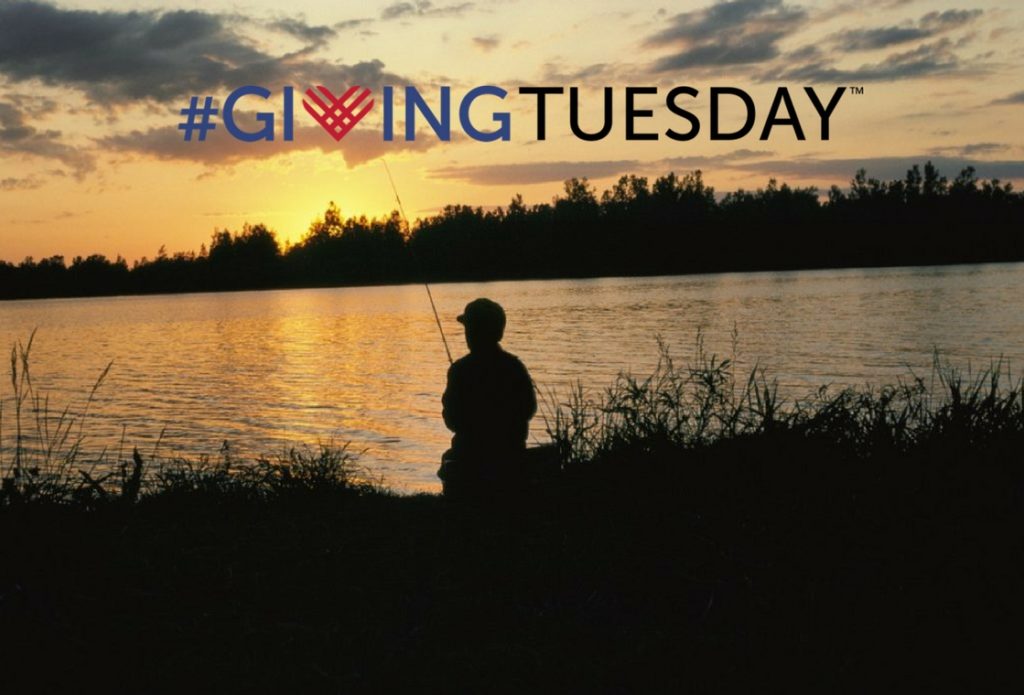
Those Closest to the Land Must Take Responsibility
Those who do not hunt or fish will probably never understand the draw. Unless you’ve done it, it’s impossible to know the pride and sense of accomplishment that comes with catching a rising trout on a dry fly, or serving your own venison on Christmas Eve. You become part of the woods or the river, able to sense subtle changes all around and feel incredible empathy for the game you pursue — and that’s not always easy to explain. But as an outdoorsman, I was raised to appreciate the natural world that functions in an amazing, often brutal harmony, in spite of man’s alterations.
Today we all have a duty to understand and preserve this unique experience. Too often we take for granted what Roosevelt and generations of conservation-minded leaders have left us: a public lands network that is unparalleled in all the world, the best-managed fish and wildlife populations of any nation, and the ability for all Americans to hunt and fish, regardless of class or economic status. It is a system that benefits everyone, from the sportsman to the hiker to those who simply want to drink clean water or experience wide open spaces.
But Roosevelt’s legacy is under attack. For more than three decades, budgets for agencies that manage our public lands have been squeezed and shrunk. In the 1970s, conservation spending made up more than two percent of the federal budget; today it is only about one percent, and we’re projecting that piece of the pie will shrink even more in 2018.
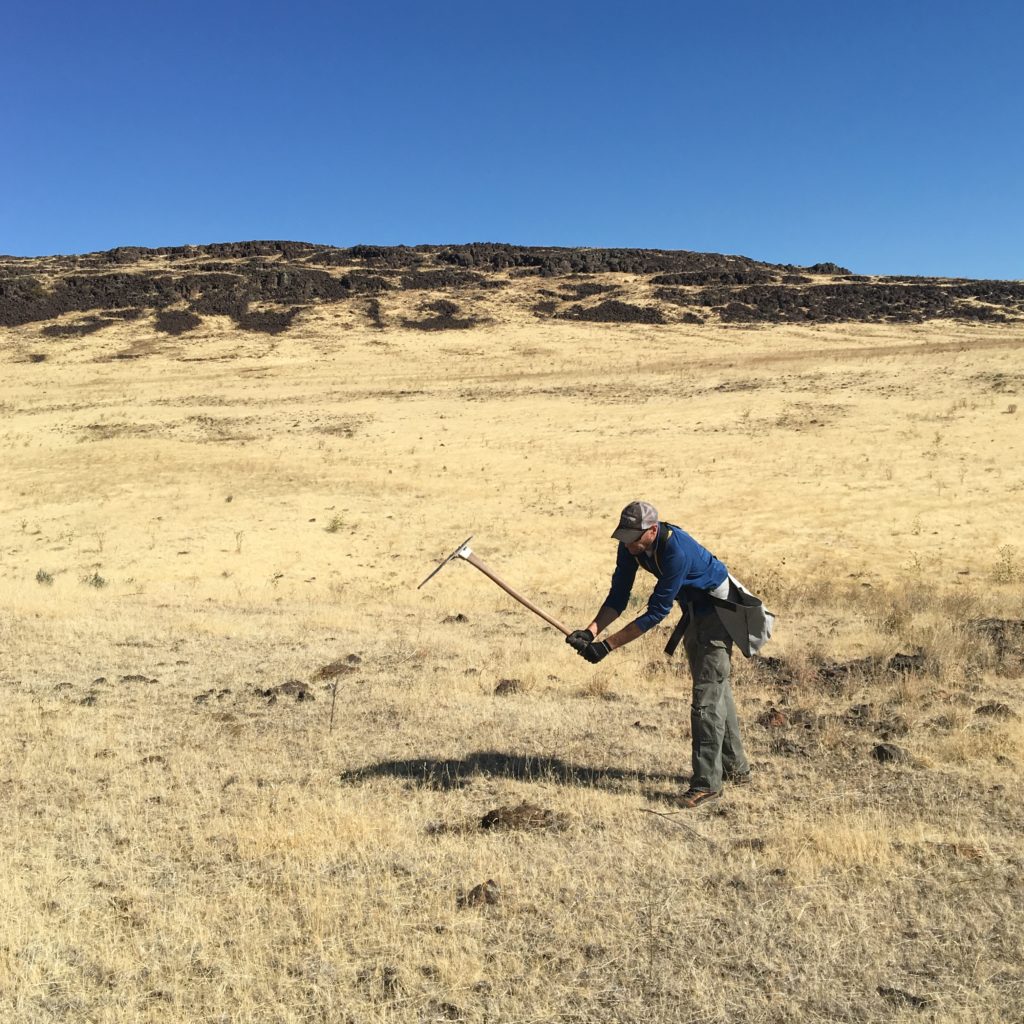
Recreation facilities across the country are being closed or lie in disrepair. The U.S. Forest Service now spends more than half its annual budget fighting wildfires, up from less than 20 percent two decades ago. The financial crisis this creates for the agency hamstrings it from meeting the expectations of the public. There has also been a chorus of voices saying that our federal public lands—or the authority to manage them—should be turned over to the states.
We Can’t Do It Without You
Our public lands are fundamental to maintaining the $887-billion outdoor recreation economy, especially when you consider that 72 percent of Western hunters depend on public lands for their access. And those of us, like me, who spend a lot of time in the Northeast cherish our public lands, in part because we have so few of them. That’s why none of us can afford to sit back and assume that what we have been given will be here forever.
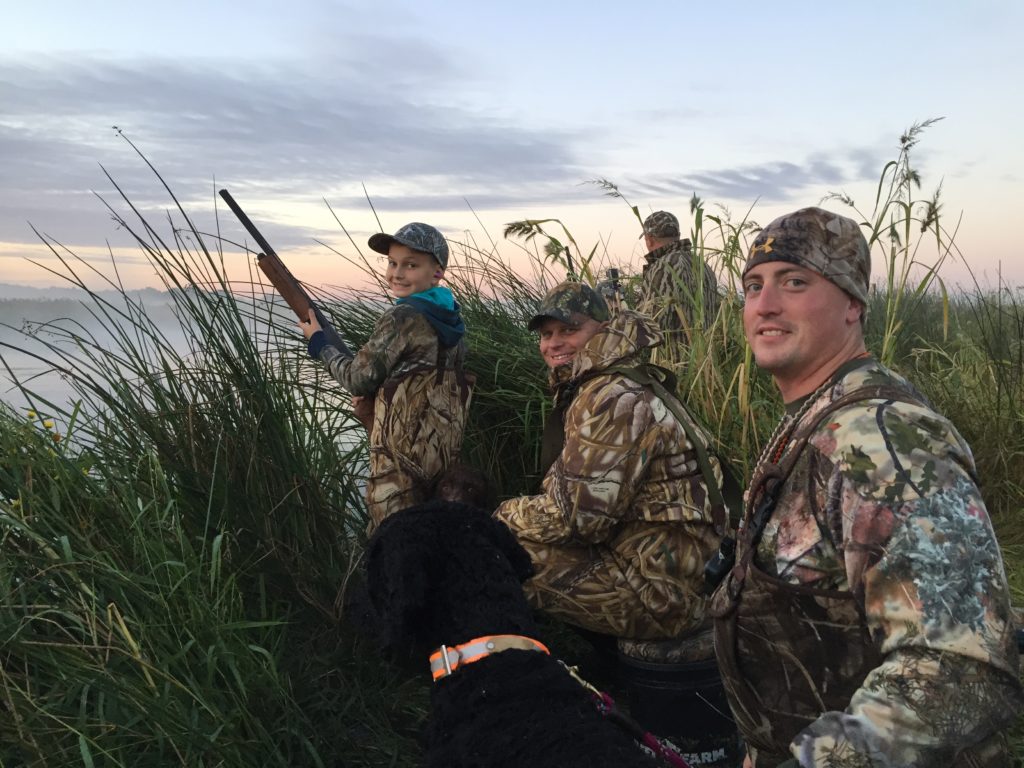
Today, on Giving Tuesday, our national day of magnanimity on the heels of a long weekend of feasting and gratitude, we’d like to thank you for all that you already do for conservation and perhaps urge you to do a little more. From buying an extra duck stamp (or two or three) to helping out at a kids’ fishing derby to reading a TRCP alert like this one and deciding to take action—it’s all extremely important work.
Support the work we do today by making a donation. And watch your email inbox for more chances to pitch in with your time or your stories. The American sportsman’s experience is valuable and worth preserving. No one else will do it for us.
Top photo courtesy of the U.S. Fish and Wildlife Service.

